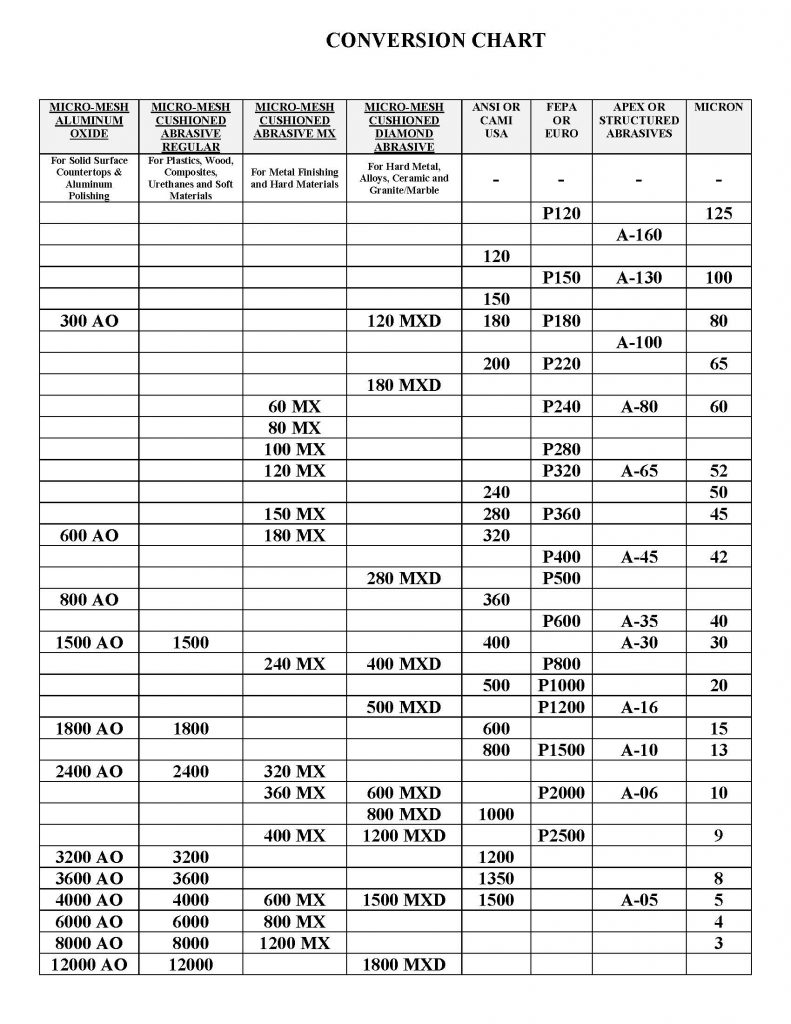Just catching up with a few posts, this one particular is always a favorite of mine.
One thing I have learned over the years is, If you asked every pen turner in the world you would have a different finishing method from every one of them.
As
@flexi said, like above with a a few quirks! Even the slightest change is done because he has had success with it.
What I would say is "if it aint broke don't fix it"
I agree with Phil, general rule is never use a wax before painting anything, lets face it that's what a lacquer is. The surface needs to be prepared to make sure you get the right finish.
I used to use the MM to finish I now use Yorkshire Grit, until my supply has run out then I will look at using another equally capable likewise product. (YG now been Americanized and mega expensive in the UK)
Finishing wood, some use CA (yes it’s a glue but who said it wasn’t a finish disguised as a glue)

there is also car lacquer, melamine lacquer, friction polish and any amount of bespoke personal mixes that pen turners can conjure up. There is as many ways to finish a pen as there are turners.
My options (it’s only the way I finish my pens)
1. Acrylics are sand up to 1200 with the lathe running and horizontally with the lathe stopped on every grade. Final grade is horizontally only.
Then use Yorkshire grit, microfine and then a final polish with any car polish you fancy.
2. Woods and other organics.
Turn with a skew so don't have many issues with getting a nice finish.
Finish to 600, wipe down with Acetone then I melamine lacquer using a slightly adapted Phil Dart method. )For a high gloss leave overnight or 24hours to allow the lacquer to harden.) Then Yorkshire grit microfine to bring the finish to a high gloss. (Depending on the medium I generally don't start on anything less than 340.)
3. Wood/acrylic mix (so Called Hybrid blanks)
Turn with a skew so don't have many issues with getting a nice finish
Sand to 600, lathe stopped and horizontally on all grades. Then use melamine lacquer using the slightly adapted Phil Dart method. Tend not to use Yorkshire grit on these as I have found that occasionally I have had residue get between where the wood meets acrylic and leave a fine white line. Which is a bugger to remedy. (Depending on the medium I generally don't start on anything less than 340.)
The reason I don't go above 600 is that the Lacquer needs something to key too,
Remember to do it your way, if it doesn't work try another way. Once you find your MOJO and great finish then stick to it. Don’t be swayed by the many that say “use this”. It’s your choice.
Remember, we are all learning from each other but it doesn’t mean we are all right just because it works for them.



 there is also car lacquer, melamine lacquer, friction polish and any amount of bespoke personal mixes that pen turners can conjure up. There is as many ways to finish a pen as there are turners.
there is also car lacquer, melamine lacquer, friction polish and any amount of bespoke personal mixes that pen turners can conjure up. There is as many ways to finish a pen as there are turners.